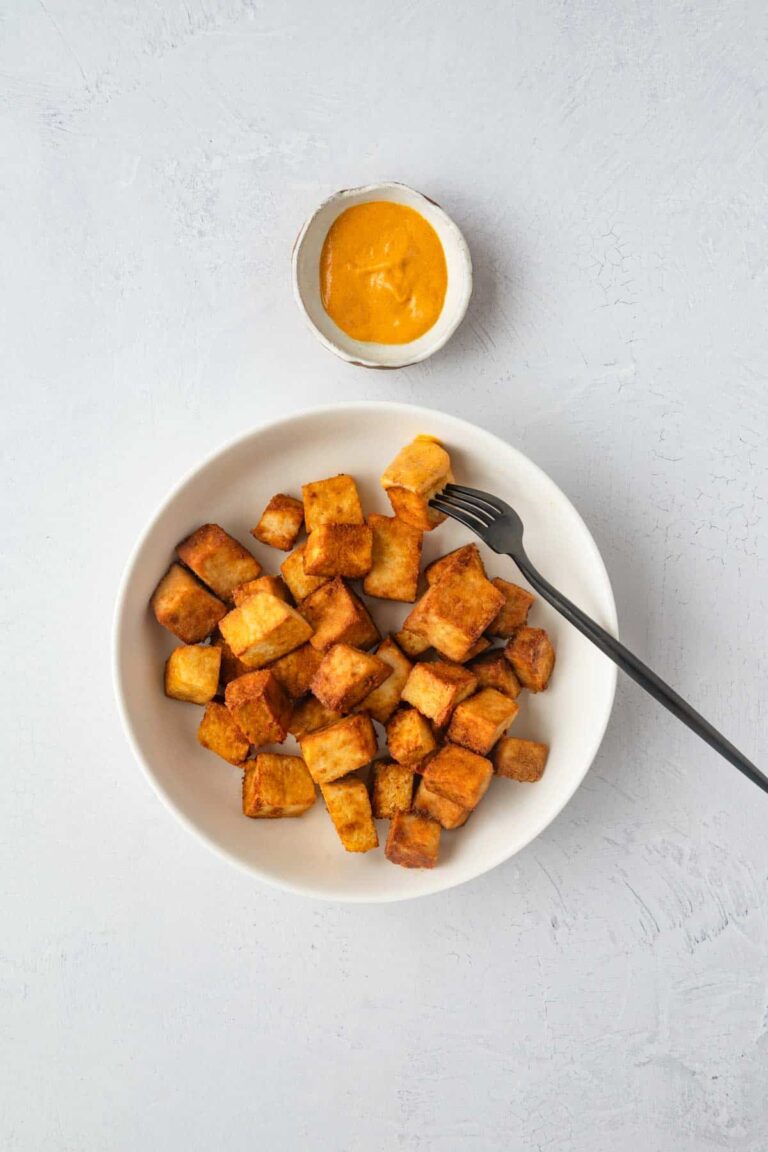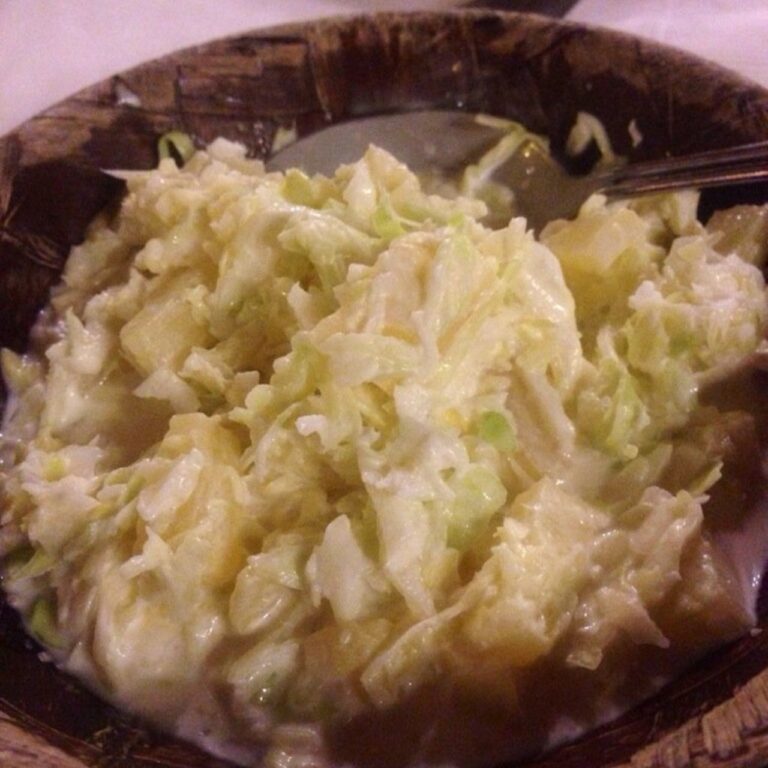Delicious Blood Cake Recipe: Your Guide To A Unique Delicacy
Are you looking for a unique and intriguing recipe to surprise your taste buds? Look no further! Today, we’re going to dive into the fascinating world of the blood cake recipe. Yes, you heard it right – blood cake! This unconventional delicacy has a rich history and is cherished in many cultures around the world. If you’re feeling adventurous and want to explore new flavors, this article will be your guide to mastering the art of creating this captivating dish. So grab your apron and let’s get started on this culinary adventure!
Blood Cake Recipe: A Delicious and Unique Dish
Welcome to our blood cake recipe blog, where we’ll explore the fascinating world of this unique and delicious dish. Blood cake, also known as black pudding or blood sausage, is a popular culinary delight in many cultures around the world. Made from a combination of animal blood, fat, and various grains or fillers, blood cake offers a rich and savory flavor that is sure to tantalize your taste buds. In this article, we’ll delve into the history, ingredients, preparation, and serving suggestions for this intriguing dish. So let’s roll up our sleeves and dive into the world of blood cake!
The History of Blood Cake
Blood cake has a long and storied history, with variations of this dish appearing in various cultures throughout the ages. The earliest known references to blood-based sausages date back to ancient Greece and Rome. The dish gained popularity in Europe during the Middle Ages and became a staple in many traditional European cuisines. Blood cake was commonly prepared in rural communities as a way to make use of every part of the animal and minimize waste.
Today, blood cake’s popularity continues to grow, and it has become a sought-after delicacy in many modern restaurants. Its unique flavor and texture have captured the attention of food enthusiasts around the world.
Ingredients and Variations
The key ingredient in blood cake is, of course, animal blood. Traditionally, pig’s blood is used, but other variations may include sheep, cow, or even duck blood. The blood is typically mixed with fat, such as lard or suet, to create a creamy texture. Other ingredients commonly found in blood cake recipes include:
- Grains: oats, barley, rice, or breadcrumbs
- Seasonings: salt, pepper, thyme, sage, or nutmeg
- Onions or garlic for added flavor
- Herbs and spices for an extra kick
While the basic ingredients remain consistent, different regions and cultures have their own unique variations of blood cake. For example:
- English blood pudding tends to be milder in flavor and often includes additional spices like cinnamon and allspice.
- Spanish morcilla often contains rice, onions, and smoked paprika, giving it a distinctive taste.
- French boudin noir is typically made with pork blood, onions, and apples for a sweet and savory combination.
These regional variations showcase the versatility of blood cake and highlight the creativity of different culinary traditions.
Preparation and Cooking
Preparing blood cake requires careful attention to detail and a few essential steps. Here’s a general guide to help you make your own delicious blood cake:
- Gather the necessary ingredients, including fresh blood, fat, grains, and seasonings.
- Cook the grains according to the package instructions and set them aside to cool.
- In a large mixing bowl, combine the blood, fat, cooked grains, and seasonings. Mix well to ensure all ingredients are evenly distributed.
- If using onions or garlic, sauté them in a separate pan until they are soft and translucent. Add them to the blood mixture.
- Once the mixture is thoroughly combined, it’s time to stuff the sausages. Use a sausage stuffer or a funnel to fill casings with the mixture. Alternatively, you can shape the mixture into patties or loaves if casings are not available.
- Next, cook the blood cake. There are several methods you can choose, including boiling, steaming, or baking, depending on your preference.
- If boiling, place the blood cake in a pot of simmering water and cook for the recommended time, usually around 30-45 minutes. Make sure the sausages are fully cooked before removing them from the water.
- For steaming, use a steamer basket or pot with a steaming insert. Steam the blood cake for approximately 1-2 hours, or until cooked through.
- If baking, preheat the oven to the recommended temperature, typically around 350°F (175°C). Place the blood cake on a baking sheet or in a baking dish and cook for the recommended time, usually 40-60 minutes. Flip the sausages halfway through cooking to ensure even browning.
Once your blood cake is cooked, allow it to cool before slicing or serving. This will help the flavors meld together and enhance the taste.
Serving Suggestions
Now that your blood cake is ready, it’s time to get creative with your presentation. Here are a few serving suggestions to make your dish stand out:
- Serve blood cake alongside traditional breakfast items like eggs, bacon, and toast.
- Pair blood cake with flavorful cheeses, pickles, and fresh bread for a delightful charcuterie board.
- Add blood cake to hearty stews or casseroles for an extra burst of flavor.
- Include blood cake in a tapas spread, offering your guests a unique culinary experience.
Remember to experiment and have fun with your blood cake creations. The possibilities are endless, and you may discover new flavor combinations that surprise and delight your taste buds.
So, if you’re looking to expand your culinary horizons and try something truly unique, give blood cake a chance. Embrace the rich history, diverse flavors, and exquisite textures of this compelling dish. Whether you’re a seasoned chef or an adventurous home cook, blood cake is sure to unleash your inner food enthusiast. Enjoy your journey into the world of blood cake!
🩸Edible blood tutorial! 🎃Quick and spooky addition to your Halloween treats #halloween2022
Frequently Asked Questions
What is a blood cake?
Blood cake, also known as black pudding or blood sausage, is a type of sausage made from cooked blood, usually from pigs or cows, combined with ingredients such as fat, oatmeal, onions, and spices. It is a traditional food in many cultures and is often enjoyed as part of a hearty breakfast or as an ingredient in various dishes.
Can I make blood cake at home?
Yes, you can make blood cake at home. Although it may sound intimidating, making blood cake from scratch allows you to control the ingredients and customize the flavors to your liking. By following a trusted recipe and having the necessary ingredients and tools, you can successfully make delicious blood cake in your own kitchen.
What are the key ingredients needed to make blood cake?
The key ingredients needed to make blood cake include cooked blood (from pigs or cows), fat (such as lard or suet), oatmeal or breadcrumbs, onions, spices (such as salt, pepper, and herbs), and casings (if making sausages). These ingredients work together to create the distinctive flavor and texture of the blood cake.
Can I substitute cooked blood with other ingredients?
If you prefer not to use blood in your recipe, you can try using beetroot juice or black food coloring as a substitute. While it won’t replicate the exact taste and texture of traditional blood cake, it can provide a similar appearance and a unique flavor. Experimenting with different substitutes can help you create a blood cake alternative that suits your preferences.
How do I store blood cake?
To store blood cake, it is recommended to wrap it tightly in plastic wrap or place it in an airtight container. Store it in the refrigerator for up to 3-4 days. If you have made blood sausages, you can also freeze them for longer storage. Before consuming any stored blood cake, make sure to reheat it thoroughly to ensure food safety.
What are some serving suggestions for blood cake?
Blood cake can be enjoyed in various ways. It is commonly served alongside other breakfast items like bacon, eggs, and toast. It can also be incorporated into dishes such as stews, casseroles, or even used as a filling for savory pastries. Experiment with different flavors and pairings to discover your preferred serving style for blood cake.
Final Thoughts
In conclusion, the blood cake recipe offers a unique and flavorful option for adventurous food enthusiasts. By combining blood with essential ingredients and spices, this traditional dish becomes a delightful and captivating addition to any table. With its rich history and cultural significance, the blood cake recipe adds depth and complexity to culinary experiences. Whether you’re exploring new taste sensations or seeking to honor traditional cuisines, the blood cake recipe is a remarkable choice that will surely satisfy your culinary curiosity. Dive into the world of flavors by trying out this distinctive dish today.




